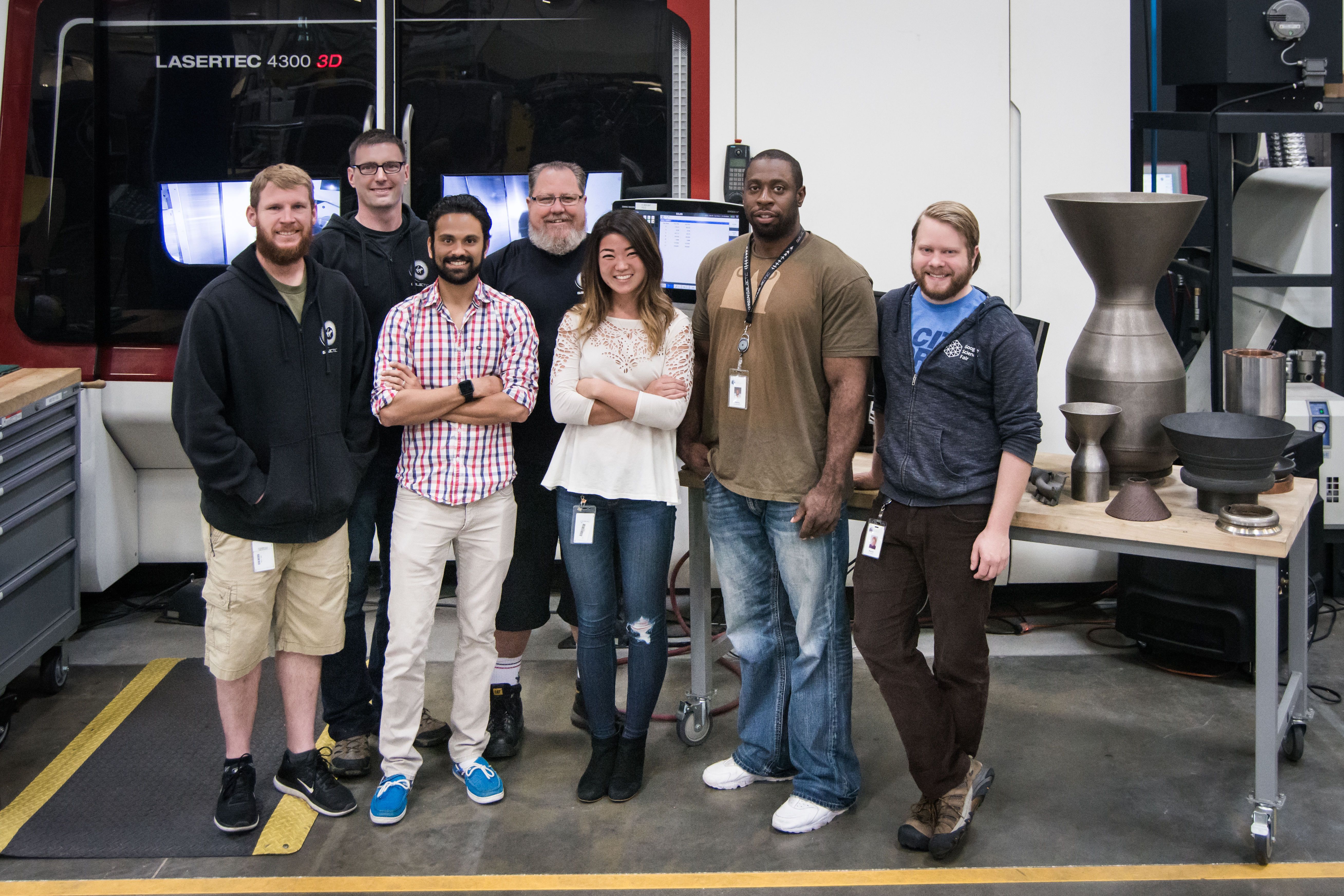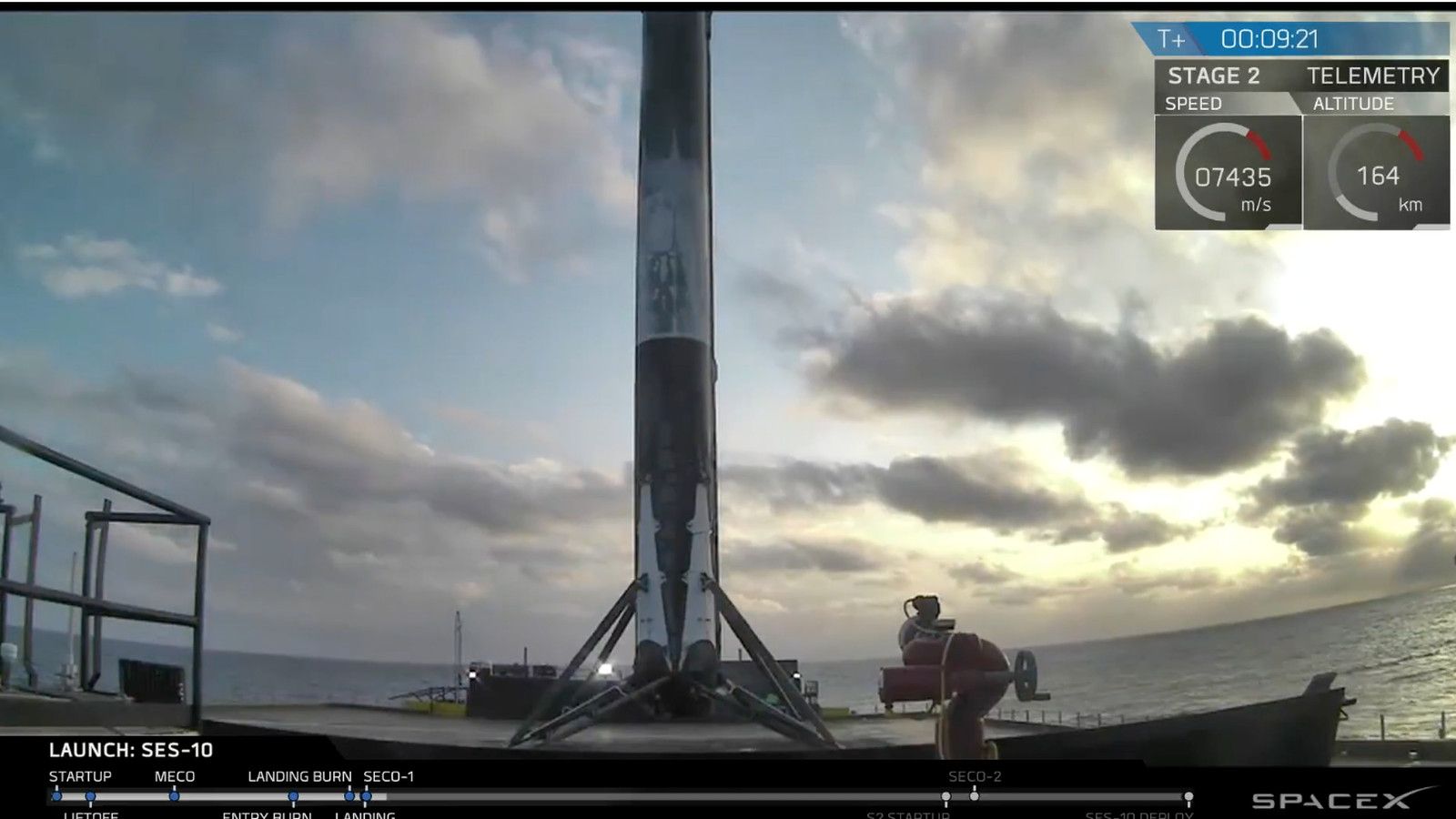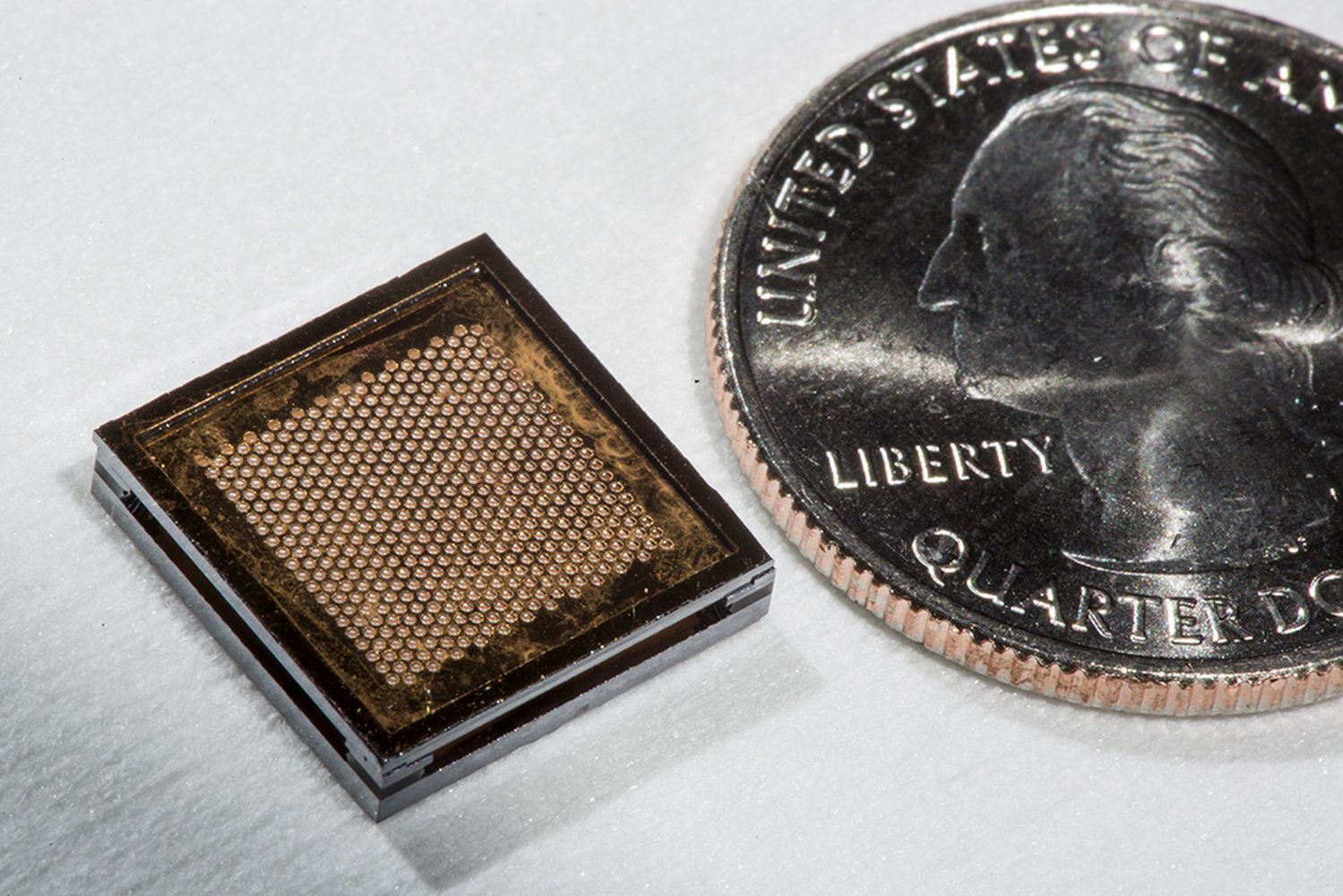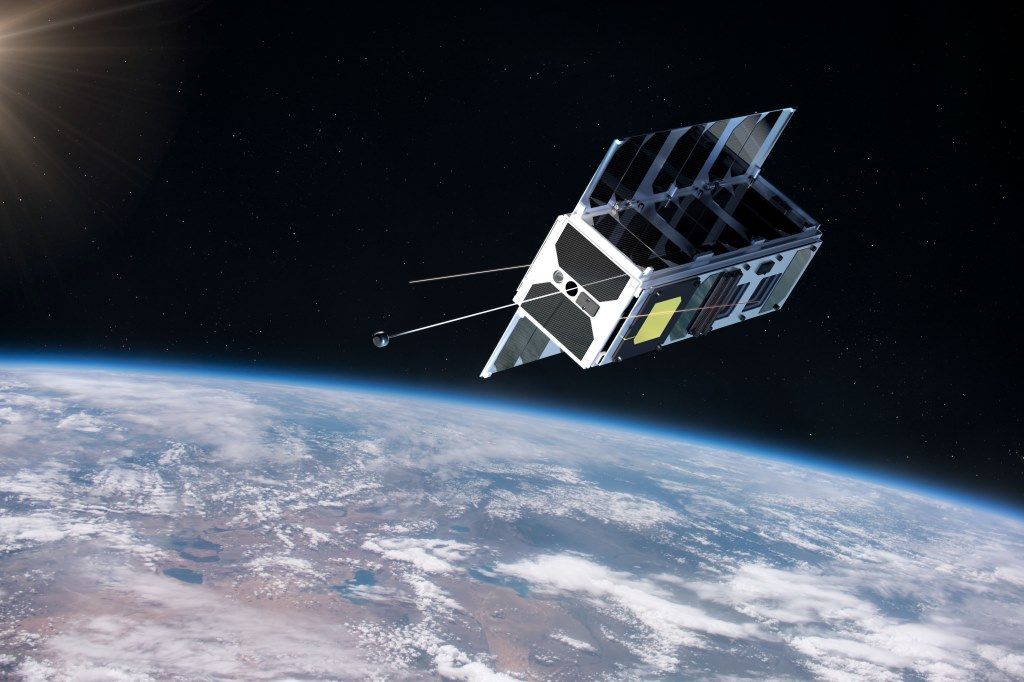For people in that area, and it may be worth while to try reaching out to them for funding for anti aging stuff.
Why is RAND opening a Bay Area office?
The San Francisco Bay Area is really at the center of technology and transformation. That’s also been a focus at RAND since our very first report, Preliminary Design of an Experimental World-Circling Spaceship, in 1946, which foretold the creation of satellites more than a decade before Sputnik.
Today, our researchers are working on important questions related to autonomous vehicles, drones, cybersecurity, education technology, virtual medicine—the same questions driving Silicon Valley startups and billion-dollar Bay Area corporations. At the same time, we’re looking at issues surrounding social inequality, drug policy, water resource management, and transportation, all of which directly relate to the Bay Area.





